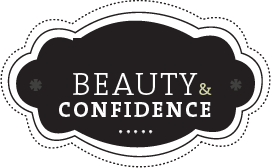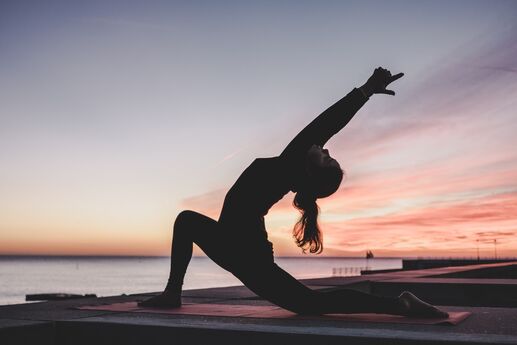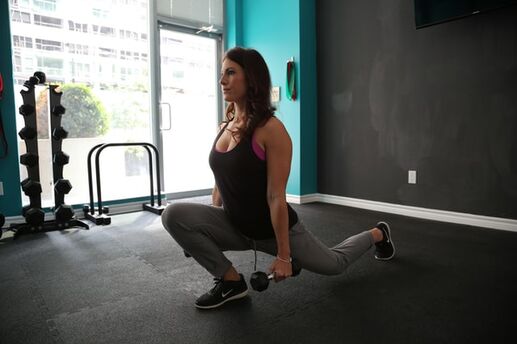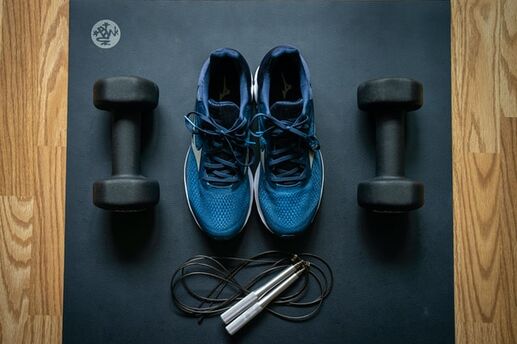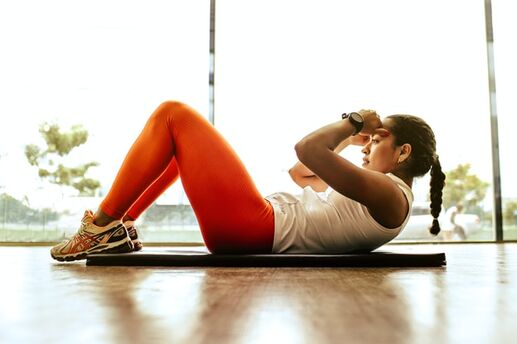Yoga Cures for 5 Common Health Woes
Yoga is popular for its body-toning and mind-calming benefits. But beyond these obvious pluses, it’s also an ideal way to cure what ails you. From alleviating allergies to soothing PMS symptoms, the practice can ease a number of common health woes. What’s more, you don’t have to be a pretzel-twisting yogi to take advantage of it: People of all fitness levels can find relief.
Here, then, are five simple yoga poses to combat common health problems. In general, you’ll want to hold each pose between 30 seconds to one minute and focus on breathing deeply throughout each movement.
The problem: Allergies
The pose: Plow pose. This pose helps to open the upper respiratory tract and drain the nose so you can breathe easier.
How to do it: Lie on your back with your arms at your sides. Using your abdominal muscles, slowly lift your legs straight up and over your head. Place your feet on the floor behind you. (If you can’t reach that far, rest them on a yoga block.) Roll your shoulders beneath and keep your head and neck still. To come out of the pose, slowly roll back down, one vertebra at a time.
The problem: Sleep issues
The pose: Forward bend. Researchers from Brigham and Women’s Hospital in Boston found that after two months of daily yoga, insomniacs fell asleep 15 minutes faster -- and snoozed for an hour longer each night. Can’t make it to the studio? Try the forward bend. This move releases tension by relaxing the large muscles of your back, shoulders and neck.
How to do it: From standing, bend forward from your hips. Keeping your legs straight and knees soft, rest your hands on the floor or the back of your ankles. If you can’t reach that far, bend your arms and grab opposite elbows. To come out of the pose, place your hands on your hips and keep your torso long and extended as you return back to standing.
The Problem: Stress
The pose: Cat-cow. According to a study published in Psychosomatic Medicine, participants who engaged in yoga at least once a week released 41 percent less cytokine, a protein linked to fatigue and moodiness. The cat-cow pose opens your chest, which allows for deeper and more soothing breathing.
How to do it: Get on all fours, with your hands directly beneath your shoulders and back flat. Keeping your head neutral and gaze toward the floor, slowly arch your spine upward to the ceiling while allowing your head to move toward your chest. Slowly return to the starting position. Then begin to drop your belly towards the floor while lifting your head to look forward. Complete 10 to 20 full cycles.
The problem: PMS
The pose: Wind relieving. This move works on the digestive system, eliminating excess gas and uncomfortable bloating.
How to do it: Lie on your back with your arms at your side and legs extended. Lift your head off the floor, moving your chin to your chest, while you lift one leg, drawing your knee toward your chest. Keep your low back pressed to the floor and place your hands around your leg, below your knee, and hold. Release, roll back down and repeat with the other leg.
The problem: Headache
The pose: Happy baby. Besides soothing your aching head, this pose can alleviate anxiety and stress. It helps you to open your hips and release tension in the shoulders and neck.
How to do it: Lie on your back and bring your knees toward your chest. Grasp the outside of your feet with your hands. (If this is too difficult, use a belt or strap to help you reach.) Open your knees slightly wider than your torso. Flex your feet, move your knees toward your armpits, keeping them at a 90-degree angle to the floor. Hold before slowly releasing.
Photo by kike vega on Unsplash
Like this article? Get more by following on Facebook at Beauty & Confidence.
